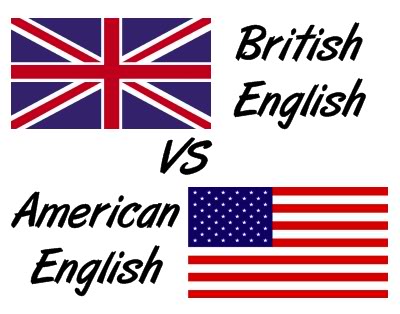The Chinese Zodiac, like the Western Zodiac, has twelve signs, but each one lasts (dura) a year, not a month, and each year represents a different animal. According to popular legend, when Lord Buddha was dying he called all the animals to visit him to say goodbye to them. However,(Sin embargo) only twelve of them came, so as a reward (como recompensa) he decided to name a year after them, in the order of their arrival.
The Twelve Animals of the Zodiac
The first to arrive was the rat, then the ox,(buey) the tiger, the rabbit,(conejo) the dragon, the snake,(serpiente), the horse, the sheep,(oveja) the monkey,(mono) the rooster,(gallo) the dog and finally the pig. The Chinese say that the animal of the year you were born has a big influence on your life and call it “the animal that hides in your heart”. Let’s look briefly (brevemente) at the characteristics of each animal and which years correspond to each one. Remember, however, that the Chinese New Year is based on the lunar year and not the solar one, and begins in late January or February.

The Rat : intelligent, charming (encantador) and ambitious, rats are often successful (exitoso) business people. They are also creative and are excellent organisers. Career options often include sales, and accountancy.
The Ox: honest, gentle and reliable,(digno de confianza) an ox is patient and hard-working but prefers to work alone. They are often very good at working with their hands, and can be found in careers related to the earth such as farming. (agricultura) and are usually good cooks. They are also usually excellent cooks.
The Tiger: determined,(decidido) enthusiastic and positive, tigers sometimes have a sense of superiority. They like to see everything finished and rarely abandon a project. They are born leaders and are successful in careers such as politics and the army.
The Rabbit: generous, friendly and calm, rabbits dislike taking risks. They like an easy, relaxed life. Since they pay attention to detail, good career choices are in literature, art and design.
The Dragon: energetic, enthusiastic and self-confident,(seguro de si mismo) dragons enjoy being the centre of attention. They can also be serious and dignified, and are good at solving problems. They are often found in professions such as law, acting, management and the arts.
The Snake: charming, calculating and often conservative, snakes like to be in control of a situation. They are alert and often perceptive and intuitive. Good career options are public relations, philosophy and law.
The Horse: independent, confident, strong and ambitious, horses are usually devoted (dedicados) to their work, family and home. They are also honest and loyal (leal) and always try to do their best. Horses usually make good politicians, explorers or artists.
The Sheep: patient, moderate and cautious, a sheep is calm under pressure. They are hard workers and work well but do not like to be the centre of attention. A Sheep usually chooses professions such as research,(investigación) outdoor work or librarianship.(biblioteconomía)
The Monkey: intelligent, adaptable and ambitious, monkeys learn very quickly and have good ideas. They also like playing tricks (bromas) on people. They are good in careers such as design, media management, public relations and planning.
The Rooster: brave, wise, (sabio) imaginative and creative, a rooster also enjoys singing and music and is a persuasive talker. They usually know exactly what they want. For this reason they are very good in the fields of politics, public relations, and creative and scientific work.
The Dog: honest, friendly and sincere, a dog is also brave and loyal and a good team worker. They are interested in the welfare (bienestar) of other people and are good listeners. Their choice of careers include teaching, social work, counselling,(asesoramiento) medicine and research.
The Pig: tolerant, generous, virtuous and peaceful,(tranquilo) pigs are liked for their honesty and warm natures. A pig is not materialistic or critical of others and rarely has enemies. They like simple pleasures and are found in careers connected with food, writing or social work.




